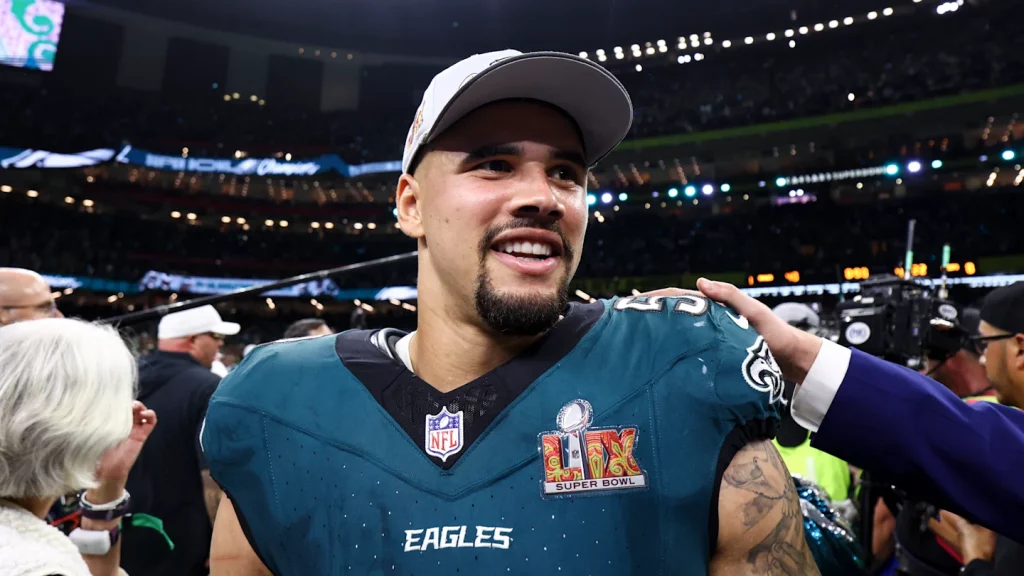Uncategorized
Eagles Face Tough Decisions in Upcoming Free Agency
As the excitement of the Super Bowl diminishes, a stark reality is looming for the Philadelphia Eagles: they are entering free agency with several key players becoming unrestricted free agents, but with limited salary cap space to retain them.
The Eagles currently have just under $14 million in effective cap space, ranking them 21st lowest in the league. Their cap situation worsens in the coming years, sitting at 27th in 2026 and 32nd in 2027. This financial constraint significantly restricts their ability to create more cap room.
Due to the Eagles’ contract structure, which heavily relies on bonuses, most of their non-rookie contract players receive the minimum salary. This structure eliminates the possibility of creating immediate cap space by converting 2025 salaries into bonuses, as there isn’t sufficient salary to restructure. Furthermore, trading or cutting players offers little relief, with only moving Cam Jurgens freeing up more than $1.5 million, an unlikely scenario.
The only viable option for the Eagles to generate substantial cap space appears to be restructuring Jalen Hurts’ contract to reduce the cap hit of his option bonus.
Consequently, Eagles fans should prepare for the departure of some key players the team would ideally like to keep. While this may be disappointing, the article concludes on a slightly positive note, suggesting that at least the team is coming off a Super Bowl victory. The article then lists Eagles Unrestricted Free Agents in order of snaps played, implying these are the players whose departures are most likely due to the cap constraints, including:
- Josh Sweat (EDGE) – 59.4% snaps played
- Brandon Graham (EDGE) – 29.7% snaps played
- Zack Baun (LB) – 89.7% snaps played
- Mekhi Becton (RT) – 78.0% snaps played
- Avonte Maddox (CB) – 33.0% snaps played
- Milton Williams (IDL) – 47.9% snaps played
- Rick Lovato (LS) – 30.8% snaps played
These players, especially those with a high percentage of snaps played, are likely the ones the Eagles will have the most difficulty retaining due to the team’s salary cap situation.

